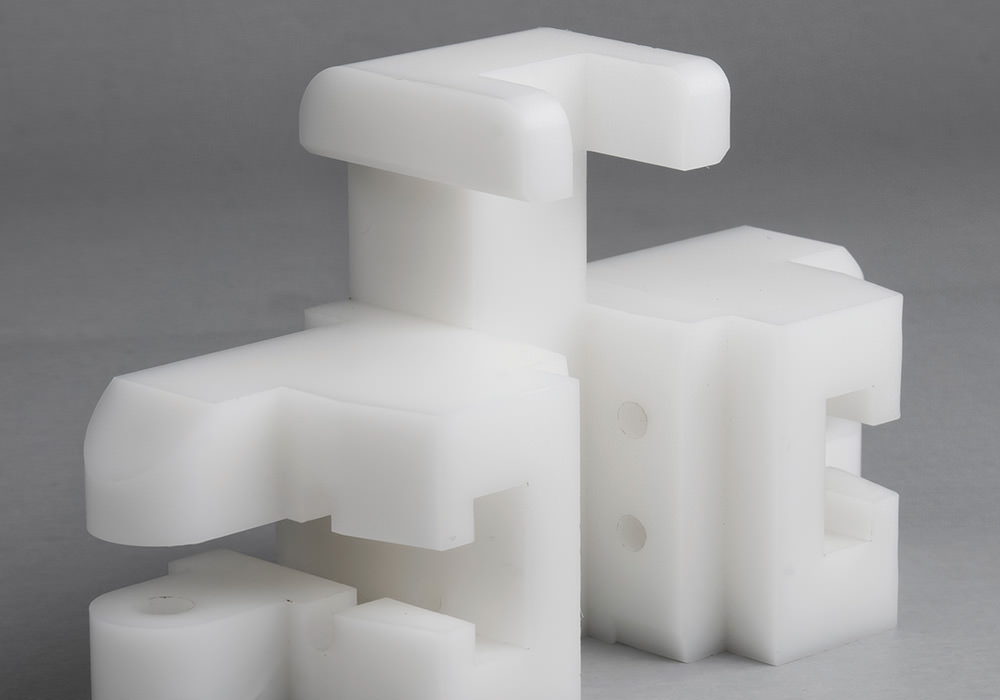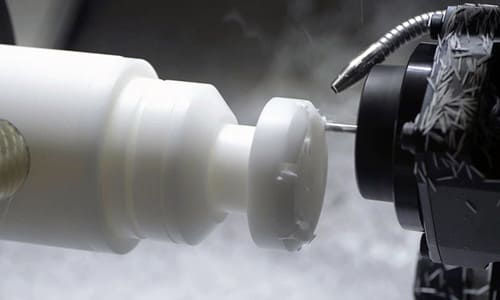When it comes to surface treatment, many people always think of metal surface treatment. In fact, plastics can also be surface treated.
The surface treatment of plastics is to form a surface layer with some or more special properties on the surface of the material through physical or chemical methods. It can improve product appearance, texture, function and other aspects of performance.
Appearance: color, pattern, logo, glossy line (3D, 2D).
Texture: feel, roughness, life (quality), streamline, etc.
Function: hardening, anti-fingerprint, anti-scratch.

1. In-mold Decoration Technology (IMD)
In-Mold Decoration-IMD (In-Mold Decoration-IMD): Put the printed film into a metal mold, and inject the molding resin into the metal mold to join the film, so that the printed film and the film A molding method in which the resin is integrated and cured into a finished product.
IMD includes IML (no stretch, small curved surface), IMF (high stretch product, 3D), IMR (remove the surface film, leaving only the ink on the surface). At present, IML and IMF are collectively referred to as IML in the industry.
Technical features:
- Exquisite decorative graphics and logos are hidden, and will not disappear due to friction or chemical corrosion
- The graphic, logo and color design can be changed at any time without changing the mold
- For products with three-dimensional shapes, the printing accuracy is accurate, with an error of ±0.05mm
- Can provide graphics, logo back light transmittance and high light transmittance window effect
- The function buttons have uniform convex bubbles, good hand feeling, and the service life can reach more than 1 million times
- Three-dimensional changes can increase the designer’s degree of freedom in product design
- The composite molding process achieves a seamless effect.
2. Painting
A coating method in which the paint is atomized by spraying tools such as a spray gun and sprayed on the workpiece to be coated. Spray paint will cut off the air, can play a role in anti-aging plastic products, the most important thing is to get the appearance effect that plastic product itself do not have.
Advantage:
- Rich colors
- Processing in a liquid environment can achieve surface treatment of complex structures
- Mature technology and mass production
- It has unique transparency and high gloss.
Disadvantages:
- The cost is too high, low-cost positioning products are not suitable for this process
- The process is relatively complicated and the yield rate is low.
3. NCVM Non-conductive Vacuum Plating
NCVM, also known as discontinuous coating technology or non-conductive electroplating technology, uses thin films such as metal and insulating compounds to be plated. Using the characteristics of each discontinuity, the final appearance has a metallic texture and does not affect the effect of wireless communication transmission.
Technical features:
- The manufactured product is non-conductive, and can pass the high-voltage test of tens of thousands of volts with a high-voltage meter, and it will not conduct or be broken down.
- While the surface of the product has a metallic texture, it can achieve translucency control.
4. Electroplating
Electroplating: make the plastic get a metal effect surface with higher yield and lower cost. Similar to PVD, PVD is a physical principle, and electroplating is electroless plating, which is mainly divided into vacuum electroplating and water electroplating.
Advantage:
- Weight reduction
- Overall cost savings
- Fewer processing procedures
- Simulate metal parts.
Disadvantages:

- Including metal inserts cannot be changed during the molding process
- It is much more difficult to manufacture parts larger than 200 square inches by plastic mold than die casting
- There is a fire hazard when electroplated plastics are used in certain types of household appliances.
5. Printing
Plastic parts printing is a process in which the required patterns are printed on the surface of plastic parts by means of pad printing, screen printing, and transfer printing.
Pad printing:
It is an indirect dentable rubber head printing technology. The designed pattern is first etched on the printing plate, the etching plate is coated with ink, and then most of the ink is transferred to the printed object through the silicone head.
Screen printing:
It is a main printing method in stencil printing: the printing plate is in a net shape, and the ink on the printing plate is leaked from the through hole part of the plate to the substrate under the squeeze of the squeegee during printing. Usually the wire mesh is made of nylon, polyester, silk or metal mesh.
Transfer Printing:
Divided into water transfer and thermal transfer
Water transfer: It is a kind of printing that uses water pressure to hydrolyze the transfer paper/plastic film with color patterns.
Thermal transfer: It is a technique in which patterns or patterns are printed on heat-resistant adhesive paper, and the patterns and patterns of the ink layer are printed on the finished material by heating and pressing.
6. Laser Carving
Laser engraving, also called laser engraving or laser marking, is a process that uses optical principles to perform surface treatment. It is similar to screen printing. Through laser engraving, you can type or pattern on the surface of the product.
Technical features:
- Wide range, safe and reliable
- Precise, meticulous, safe and fast
- Low cost, saving and environmental protection
7. Biting Flowers
Biting: It is a process in which chemicals such as concentrated sulfuric acid are used to corrode the inside of the plastic molding mold to form lines in the form of snakes, etched, and plowed fields. After the plastic is molded through the mold, the surface has corresponding lines.
Technical features:
- Improve the visual effect and feel of the product
- Anti-slip
- Increase the surface area to facilitate heat dissipation
- Facilitate demoulding and easy forming


